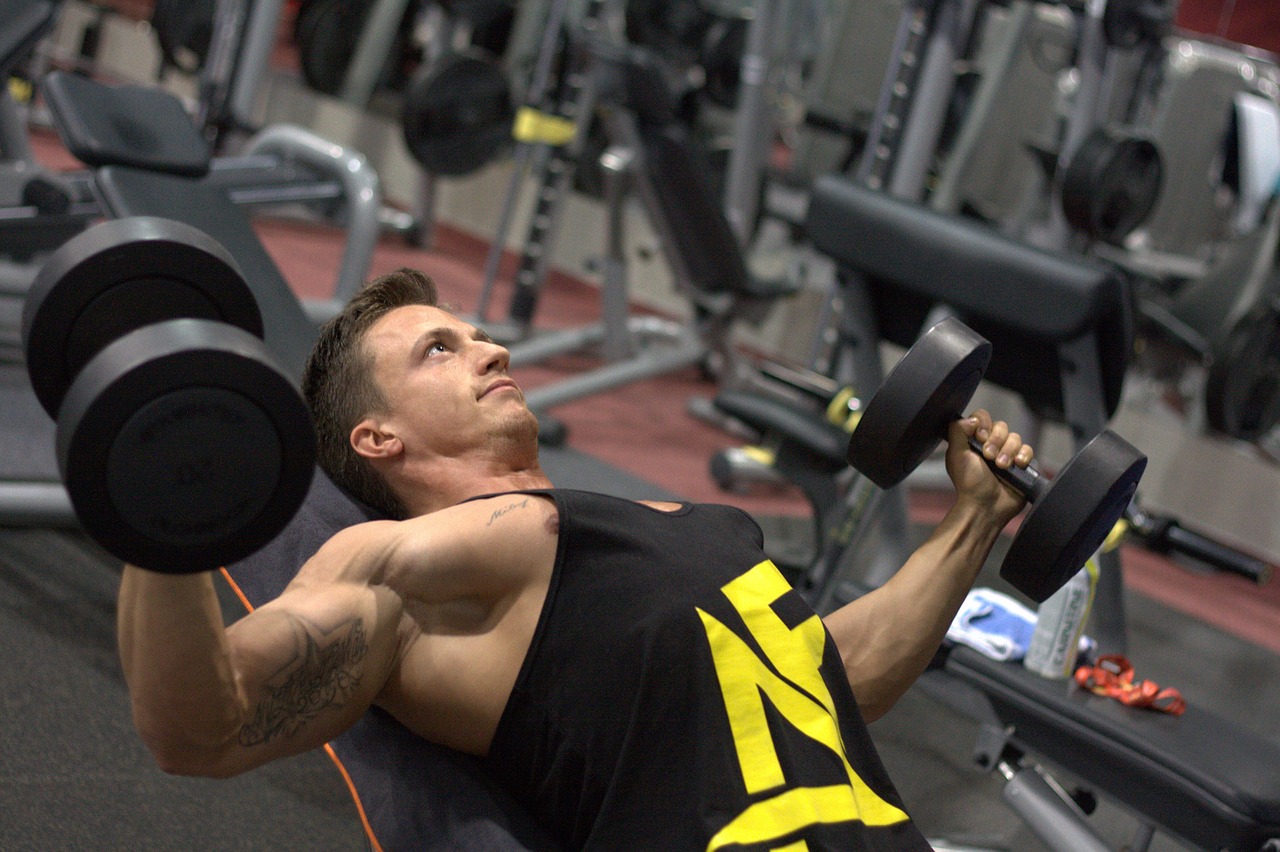Your pectoral muscles, commonly referred to as pecs, are a vital component of your upper body musculature. Comprising the pectoralis major and pectoralis minor, these muscles play a crucial role in various movements, including pushing, lifting, and stabilizing the shoulders and arms. In this blog post, we’ll delve into the anatomy of the pectoral muscles and explore their significance for orthopedic health.
Anatomy of the Pectoral Muscles:
- Pectoralis Major: This large, fan-shaped muscle is located in the chest and has two heads – the clavicular head and the sternal head. The clavicular head originates from the clavicle, while the sternal head originates from the sternum and the upper ribs. Both heads converge to form the bulk of the muscle, inserting into the humerus (upper arm bone). The pectoralis major is primarily responsible for movements such as horizontal adduction (bringing the arms across the chest) and internal rotation of the shoulder.
- Pectoralis Minor: Situated beneath the pectoralis major, the pectoralis minor is a smaller, triangular muscle. It originates from the third to fifth ribs and inserts into the coracoid process of the scapula (shoulder blade). Despite its smaller size, the pectoralis minor assists in stabilizing the scapula and contributes to movements involving the shoulder girdle.
Importance for Orthopedic Health:
- Upper Body Strength: Strong pectoral muscles are essential for upper body strength and function. They provide stability during activities such as lifting, pushing, and carrying objects.
- Shoulder Stability: The pectoral muscles work in conjunction with other muscles around the shoulder joint to maintain stability and proper alignment. Weakness or imbalance in these muscles can lead to shoulder injuries and orthopedic issues.
- Posture Support: Well-developed pectoral muscles help support good posture by promoting proper alignment of the shoulders and upper back. This can reduce the risk of orthopedic problems related to poor posture, such as kyphosis or rounded shoulders.
Exercises to Strengthen the Pectoral Muscles:
- Bench Press
- Push-Ups
- Chest Flyes
- Cable Crossovers
- Dumbbell Presses
Understanding the anatomy and function of your pectoral muscles is key to optimizing your orthopedic health and overall fitness. By incorporating targeted exercises to strengthen the pecs into your workout routine, you can enhance upper body strength, improve shoulder stability, and support better posture. Remember to prioritize proper form and technique to prevent injuries and maximize the benefits of your training regimen.
Investing in the health and strength of your pectoral muscles not only improves your physical performance but also contributes to your long-term orthopedic well-being. So, let’s give these muscles the attention they deserve and elevate our fitness journey to new heights!


